Where to Dive in PNG… There really is some wonderful scuba diving in Papua New Guinea. Hovever, PNG is an incredibly diverse country, both above and below the surface, and its dive sites are spread across a vast geographical area.
Planning your trip wisely is essential to make the most of your time there. Focusing on one or two key locations allows you to immerse yourself fully in the experience and avoid spreading yourself too thin. That said, if you happen to have unlimited time and resources, why stop at just a few spots? Dive them all – diving PNG is addictive!
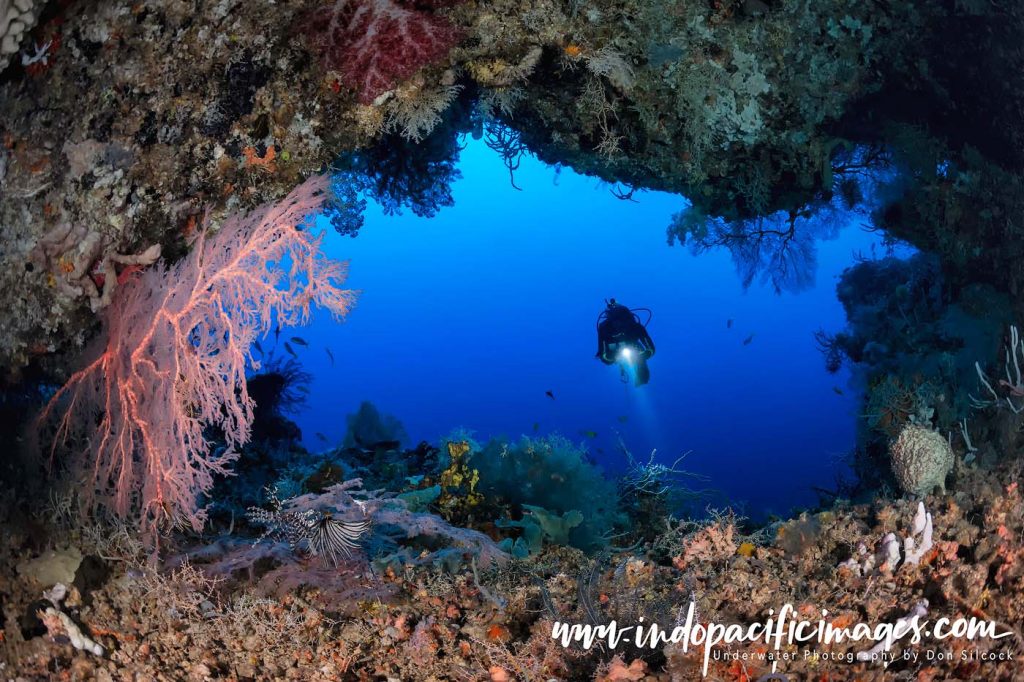
Diving Papua New Guinea – A Quick Overview
Papua New Guinea (PNG) comprises the eastern half of New Guinea, the second largest island in the world. With Indonesia’s West Papua occupying the western half.
PNG also includes several large islands, which form its island provinces. As well as countless smaller islands and atolls scattered across its waters.
From a scuba diving perspective, PNG can be categorized into three primary regions.
Starting with the main island of New Guinea and the well-known area of Milne Bay, centered around the town of Alotau on the eastern tip of the island.
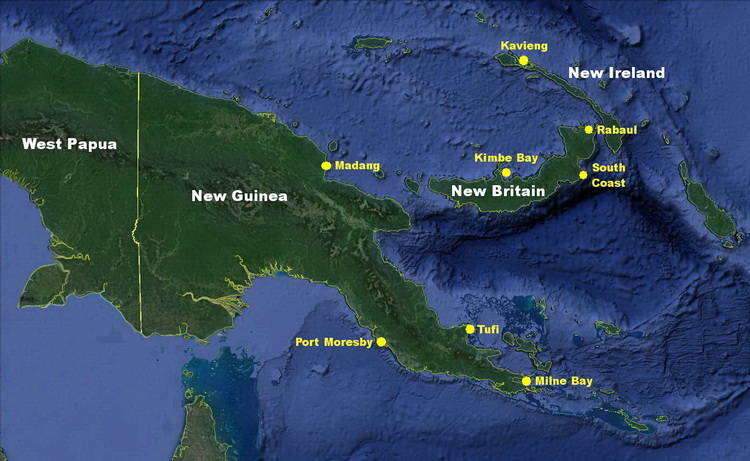
Milne Bay is renowned for its excellent diving and tremendous biodiversity. There is also surprisingly good diving near the capital Port Moresby on the south coast of New Guinea. Excellent diving at Tufi on the north-east coast. And finally there are some really nice sites around Madang, farther up in the north-west.
Secondly, going east into the island provinces, there is the large island of New Britain. The diving on the north coast is centered around Kimbe Bay. Plus Rabaul on the north-east tip of New Britain and then the remote south-east coast of the island. Finally, there is the excellent diving around Kavieng. Located on the north-west tip of the chain of islands that make up New Ireland Province.
This guide is the most comprehensive source of information on scuba diving in the incredible country of Papua New Guinea and is built on over 20 years of travel and adventures there. If you don’t find what you’re looking for here, feel free to reach out via the Contact page. But please, take a moment to explore the content first — it’s likely you’ll find what you need!
Where to Dive in PNG – The Main Island of New Guinea
Milne Bay
I like to think of Milne Bay as the spiritual home of scuba diving in Papua New Guinea… This iconic destination is the very place that catapulted PNG onto the international diving map.
It was the exploits of the late Bob Halstead, together with his first wife Dinah, that first caught the attention of divers globally. Their pioneering adventures aboard the MV Telita, one of Papua New Guinea’s first liveaboards, captured the imagination of divers worldwide.
Bob’s extensive published articles, combined with his exuberant personality, helped spread the word about this incredible destination.
Milne Bay boasts incredible biodiversity and the highlights include the renowned black sand critter site Dinah’s Beach at Lauadi on the bay’s northern coast.
Together with the exceptional manta ray cleaning station Giants@Home in the southern China Straits.
It is also sometimes possible to dive the iconic B17 Black Jack aircraft wreck from Milne Bay. Which really is one of the “must-do’s” of diving PNG.
There are two basic options for diving Milne Bay. You can either base yourself at Tawali Dive Resort on the north coast of the bay.
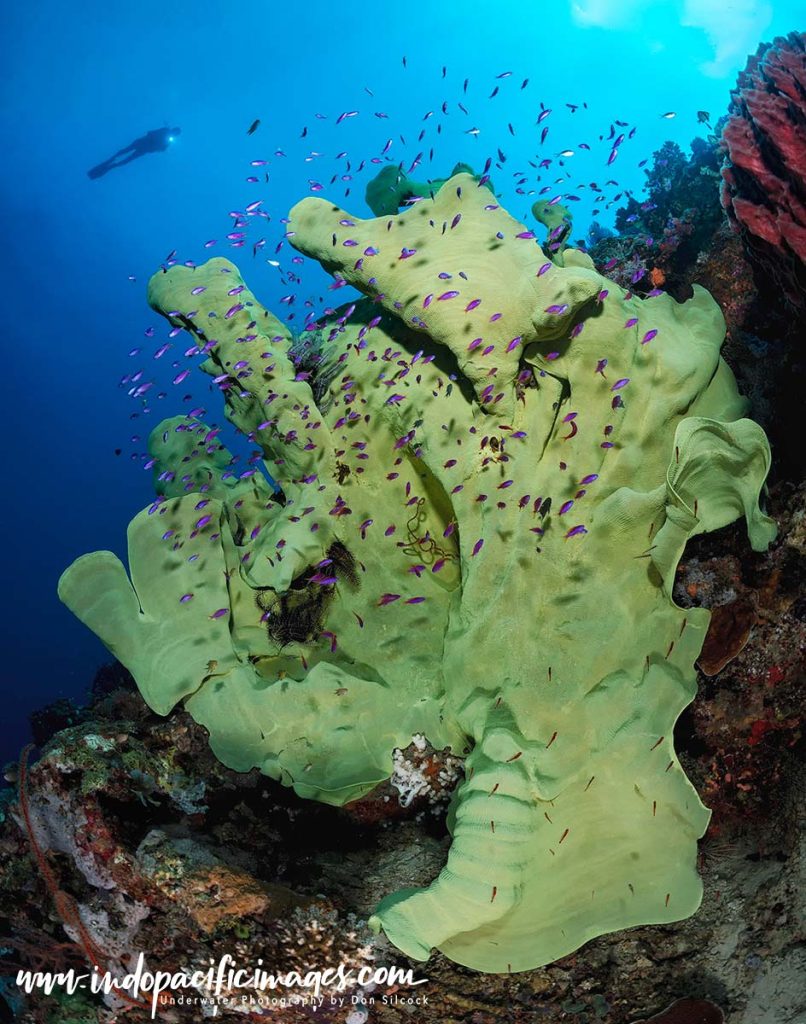
Or you can do it by liveaboard, which will allow you to see a lot more of what the bay has to offer. Currently only one liveaboard, the MV Oceania operates in Milne Bay, but only in February and March.
Check out the Complete Guide to Diving Milne Bay to help you plan your trip to this special area of Papua New Guinea.
Port Moresby
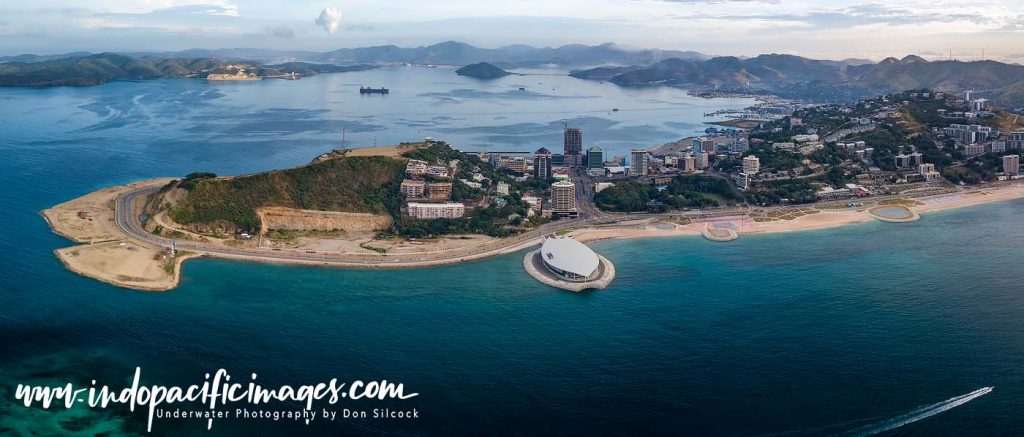
The capital of Papua New Guinea suffers from a really bad reputation…
So much so, that most diving tourists try to get through Moresby and on to their final destination as quickly as possible. Which is feasible if you plan your trip carefully.
But get past that reputation and, contrary to what you might expect so close to a capital city, there is actually some very good scuba diving around Port Moresby.
The best dive sites are concentrated along the offshore Nateara and Sunken Barrier Reefs.
Several of those sites can be simply stunning in the right conditions and would justify a trip to PNG in their own right!
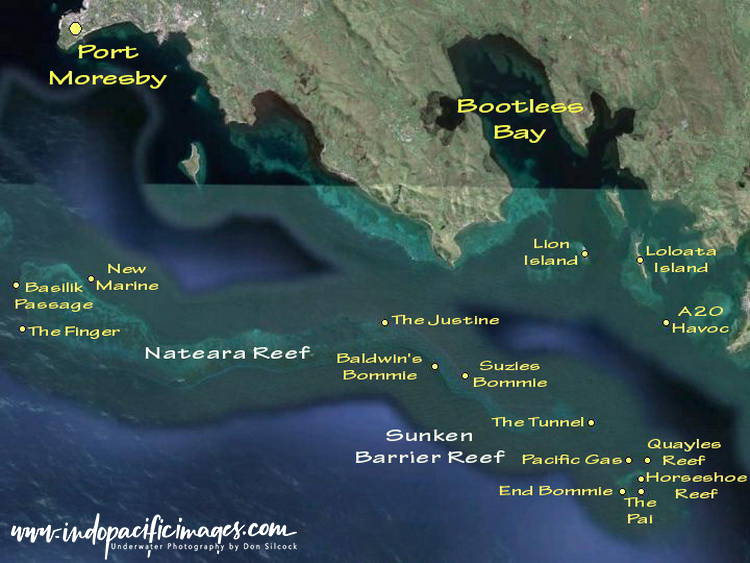
Port Moresby Operators
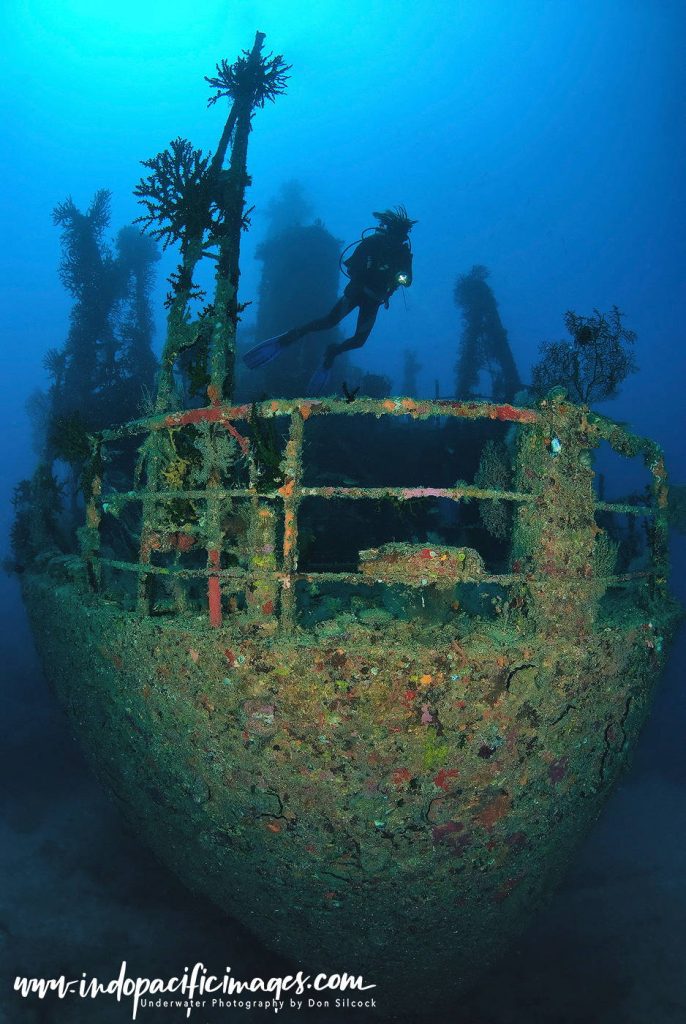
There are two main options for diving Port Moresby. PRO Dive PNG (formerly known as the Dive Center) and what used to be called Loloata Dive Resort in Bootless Bay.
PRO Dive is run by long-time PNG resident John Miller who probably knows Port Moresby diving better than anybody.
In late 2016 Loloata island was sold and closed for a complete refurbishment and major upgrade. It opened again after the pandemic as Loloata Private Island Resort and is offering diving as part of its services.
There are at least 15 dive sites on the offshore and sunken barrier reefs. Several of which offer everything from the elusive rhinopias to schooling barracuda and you could easily spend several days diving those sites.
But if you can only do a couple of sites make sure that one of them is the wreck of the Pacific Gas and the other is Suzies Bommie. The wreck is (in my opinion) one of the best dive sites in PNG and Suzie’s Bommie simply teems with life!
Check out A Guide to Diving Port Moresby for more information on the capital of Papua New Guinea.
Tufi
Located in the spectacular tropical fiords of Cape Nelson in Oro Province on the north-east coast of New Guinea. Tufi is without doubt one of the most scenic places in all of PNG. And is one of my very favorite locations for scuba diving in Papua New Guinea.
Physically isolated by the formidable Owen-Stanley mountain range. Tufi is only accessible by plane or the long way around by ferry from Port Moresby – there are simply no roads…
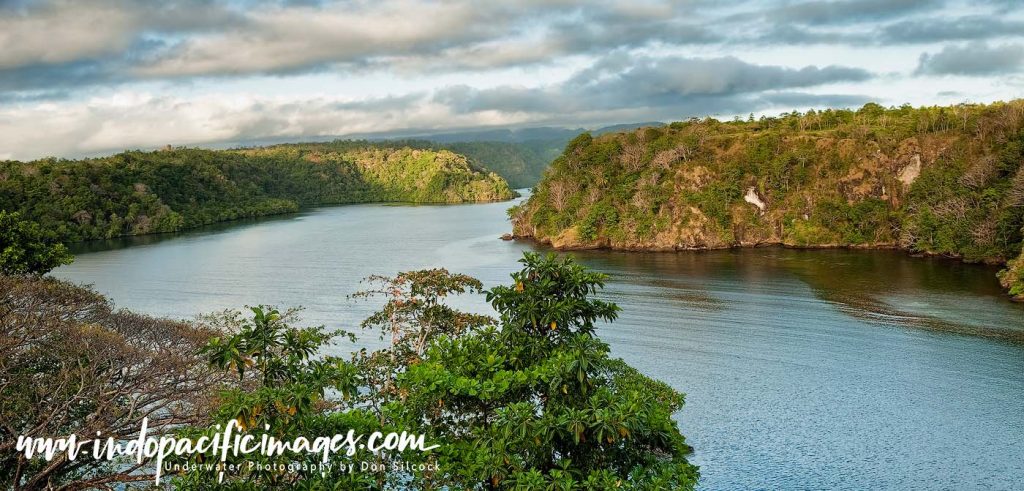
There is really only one option for diving in this area – Tufi Dive Resort. Which is located on the headland that overlooks the main fiord. While the dive shop and jetty are down in the fiord.
The diving comes in three flavors at Tufi. First of all there are a more than 25 excellent offshore reefs which are really only dived by visitors to the resort.
Then there is some good critter hunting to be had right off the dive jetty in the main Tufi fiord.
Finally the resort periodically dives the incredible B17 Black Jack aircraft wreck on as requested basis.
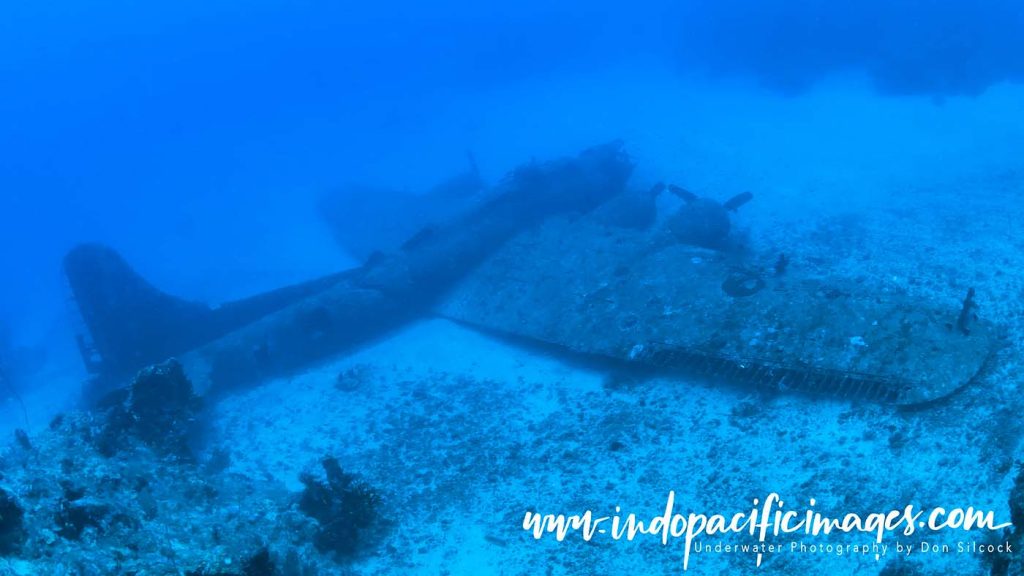
One of the reasons I like Tufi so much is that of all the main diving locations it is probably the best place to experience village life first-hand. The resort has worked with several of the local villages to help them set up homestays. So you can spend a night or two staying with a local family. Which is a great way to begin understanding the fundamental culture of Papua New Guinea.
Check the Complete Guide to Diving Tufi to help you plan your trip to this very special, remote and incredibly beautiful part of PNG.
Where to Dive in PNG – New Britain
Kimbe Bay
This large bay on the north coast is to New Britain what Milne Bay is to the main island of New Guinea. And offers a similar level of biodiversity with great dive sites and superb marine life.
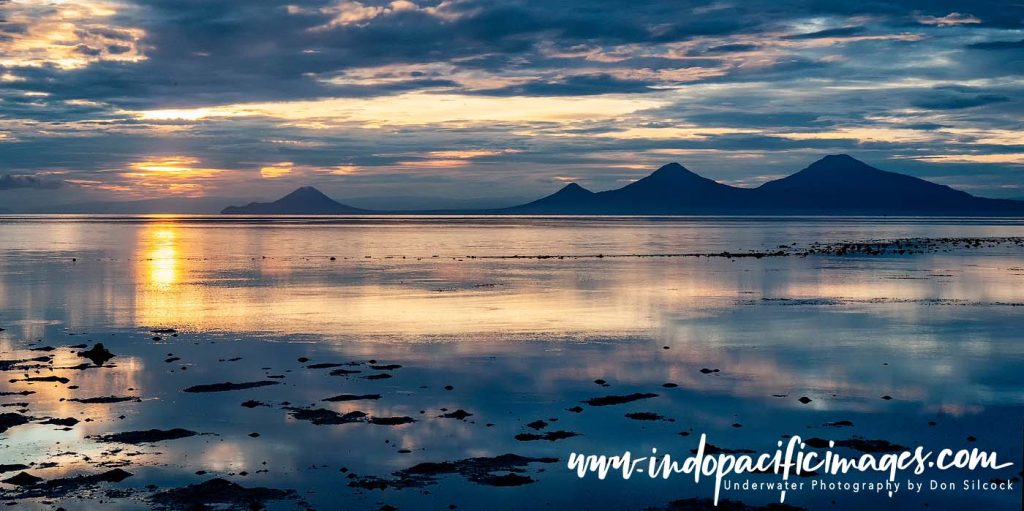
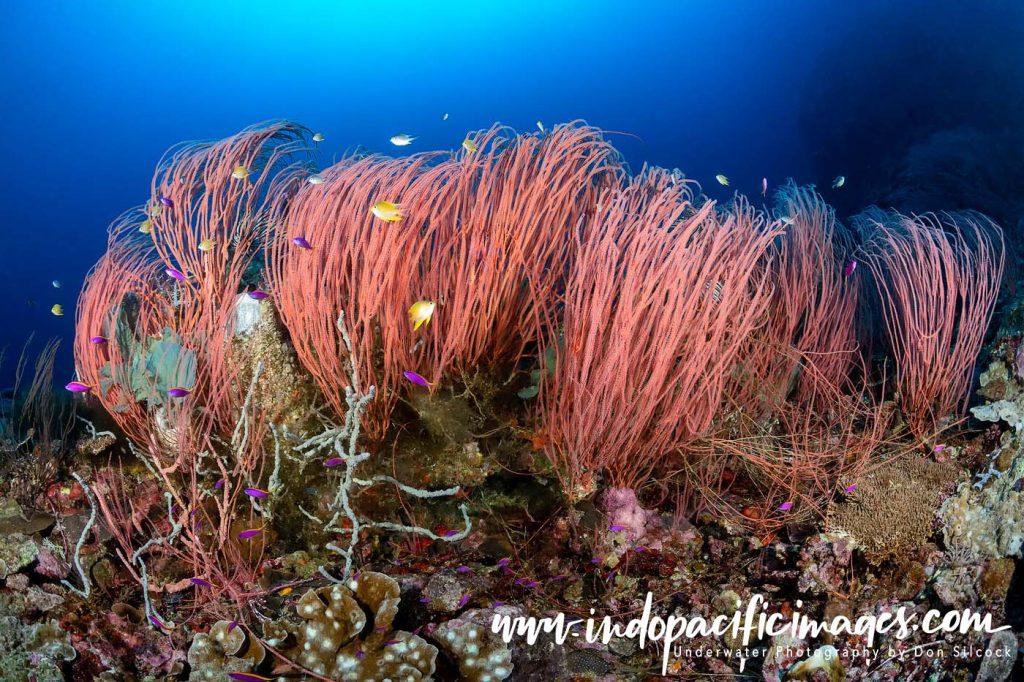
There are numerous excellent sites in Kimbe Bay itself. And then to the northwest are the remote Witu group of volcanic islands.
With its unique Garove Harbour located inside the crater of an extinct and submerged volcano.
To the northeast of Kimbe Bay are the superb Fathers Reefs and Lolobau Island.
Kimbe Bay also has a unique WWII aircraft wreck site with the beautifully preserved Mitsubishi Zero Wreck.
There are two options to dive the Kimbe Bay area. Walindi Plantation Resort is a long established and well-run operation that dives the sites in the bay using day-boats.
Then there are the two liveaboards that are based from Walindi – MV Febrina, and its legendary captain Alan Raabe who knows New Britain better than anybody.
Then there is the superb and recently completely refurbished MV Oceania.
Oceania is skippered by Dan Johnson, who is also extremely knowledgeable about Kimbe Bay having run Walindi’s dive operation for 5 years.
Check out the Complete Guide to Diving Kimbe Bay to understand more about this beautifully scenic and incredibly bio-diverse part of Papua New Guinea!
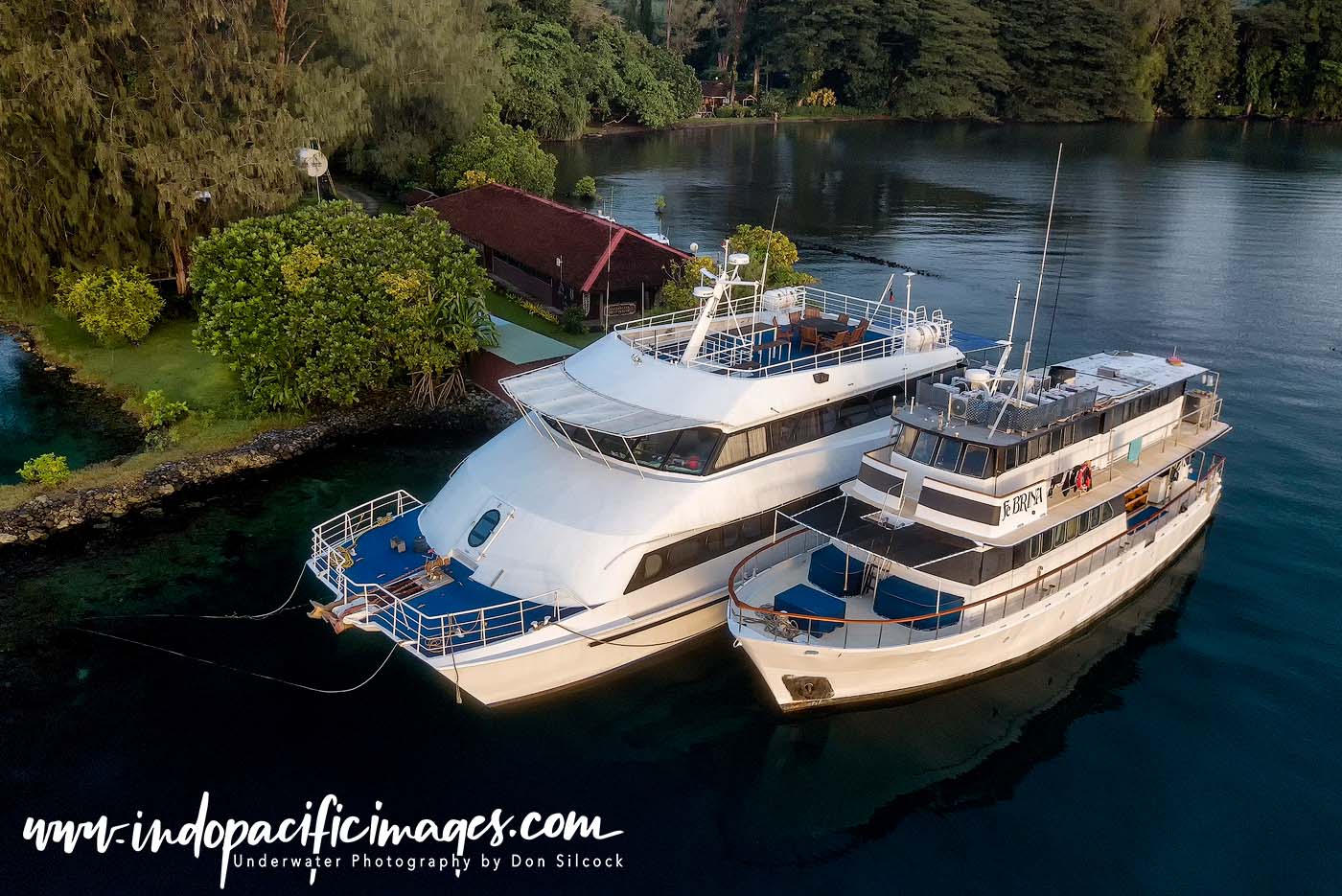
Rabaul & Kokopo
Located on the rim of a vast caldera, Rabaul overlooks Simpson Harbor, a superb natural anchorage. This harbor, combined with the town’s strategic location, made Rabaul a key target during World War II. So when the Japanese invaded Papua New Guinea in January 1942, Rabaul was among the first places they captured, becoming a significant stronghold in their Pacific campaign.

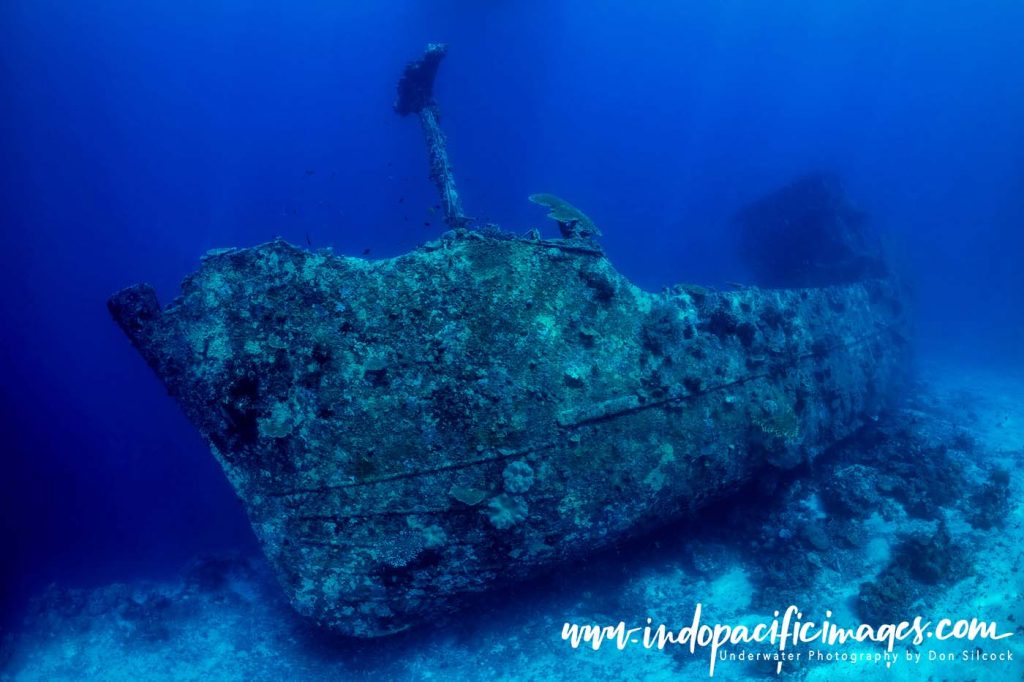
Rabaul subsequently became the primary army and navy base for the Imperial Japanese forces in Papua New Guinea.
When the tide of war turned and Allied Forces launched their counterattacks, Simpson Harbor became the final resting place for an estimated 64 Japanese ships.
Of these, only about 10 were accessible to recreational divers, but Rabaul became the wreck capital of scuba diving in PNG!
It was also the capital of East New Britain province and enjoyed a reputation as the “garden city” of PNG. With a resident population of around 20,000!
In September 1994 that all changed , when two of the six large volcanoes surrounding the caldera erupted. Devastating the eastern part of Rabaul and burying many of the best wrecks under a thick layer of grey volcanic ash.
In the 30 years since the eruption, time has proven to be a great healer and some of the wrecks in Simpson Harbor have become accessible again, offering divers a glimpse into the area’s rich wartime history.
Kokopo
However, Rabaul itself is now a shadow of its former self, having been largely abandoned and left to decline. The small town of Kokopo, located in Blanche Bay, has taken over as the provincial capital and has developed into a bustling hub that is now the base for all local diving operations.
That wreck diving in and around Simpson Harbor, combined with some excellent critter sites makes the Rabaul and Kokopo area prime diving real estate!
The South Coast
The south-eastern half of New Britain is truly off the beaten path. This remote region has only one logging road traversing the rugged, mountainous hinterland from the island’s northern coast. With no airports serving the area, the only way to reach the south coast is by boat.
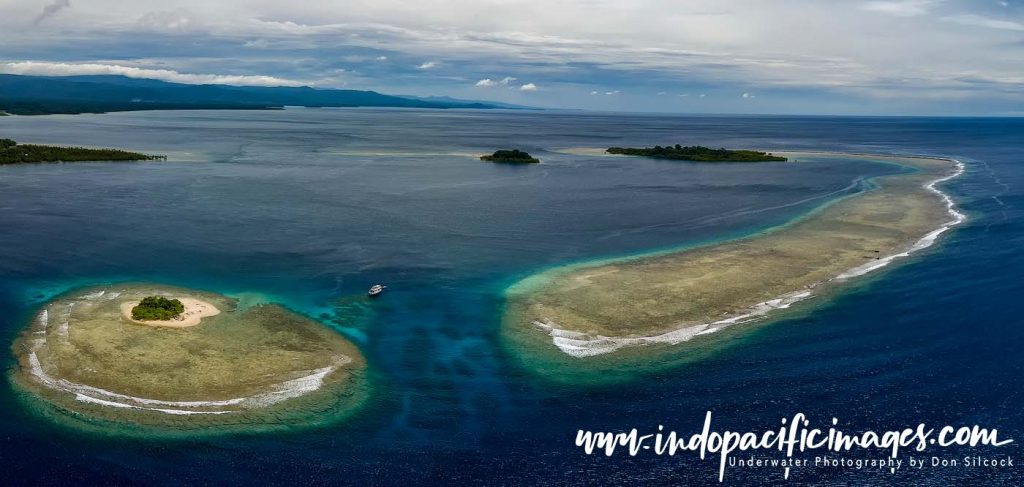
The towering mountain ranges of New Britain create a natural barrier that isolates the island’s north coast from the south, shaping its unique weather patterns.
The south coast’s seasons are effectively the opposite of the north, with the dry season in the south coinciding with the wet season in the north.
Underwater, this remote area offers a fascinating mix of pristine and untouched reefs. Together with some excellent critter diving, and a handful of WWII wrecks.
However its isolation means that the only boat that regularly visits the south coast is the MV Febrina. But even those trips are limited to the early months of the year.
Use the following link to read more about about the remote south coast of New Britain.
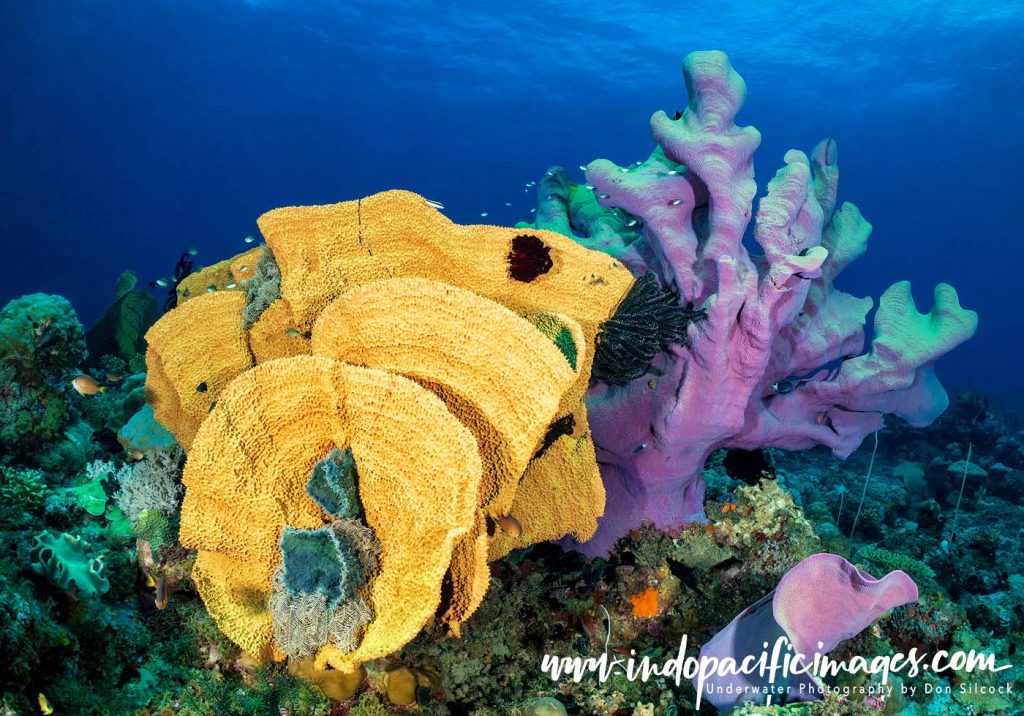
Where to Dive in PNG – New Ireland
Geographically last (going west to east…), but by no means least is New Ireland Province. The long, musket shaped island lays at the far eastern end of the Bismarck Archipelago. And is famous for its unique Malagan carvings and traditional culture.
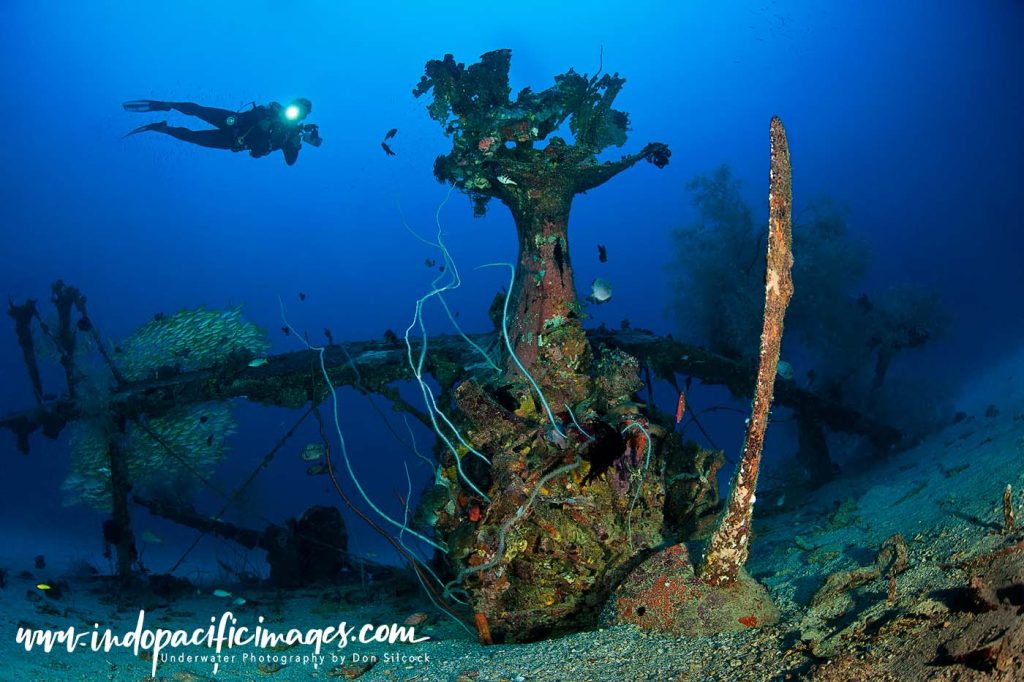
Divers know the area for its WWII wrecks, large pelagics and the big currents that sweep through its northern islands. While surfers travel to New Ireland between late October and April to enjoy the swells coming in from the north-west and north-east and the 4-6ft waves they produce.
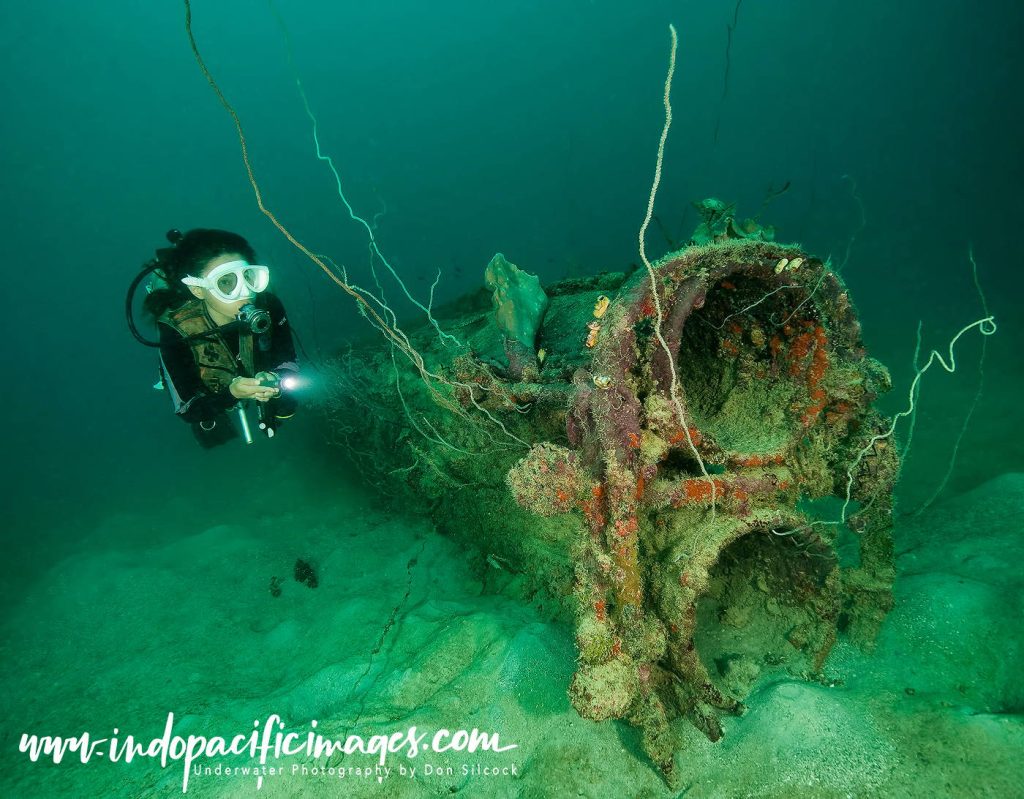
The province consists of the large main island of New Ireland. Plus numerous other smaller islands, the largest of which is New Hanover.
Diving is concentrated around Kavieng on the Pacific Ocean side of north New Ireland and is mainly wreck diving.
While over on the Bismarck Sea side it is mainly reef diving.
New Hanover offers more Japanese WWII wrecks, including an extremely rare mini-submarine, and some tremendous reefs. But the area is remote and rarely dived so if you get the chance to go there – just do it!
There are two main options for diving the Kavieng area. Lissenung Island Resort which is located on small but lovely island about 20 minutes by boat from Kavieng. And Scuba Ventures which is located in Kavieng itself.
Check out the Complete Guide to Diving New Ireland to help you plan your trip to this very pleasant, remote and quite special part of Papua New Guinea.
